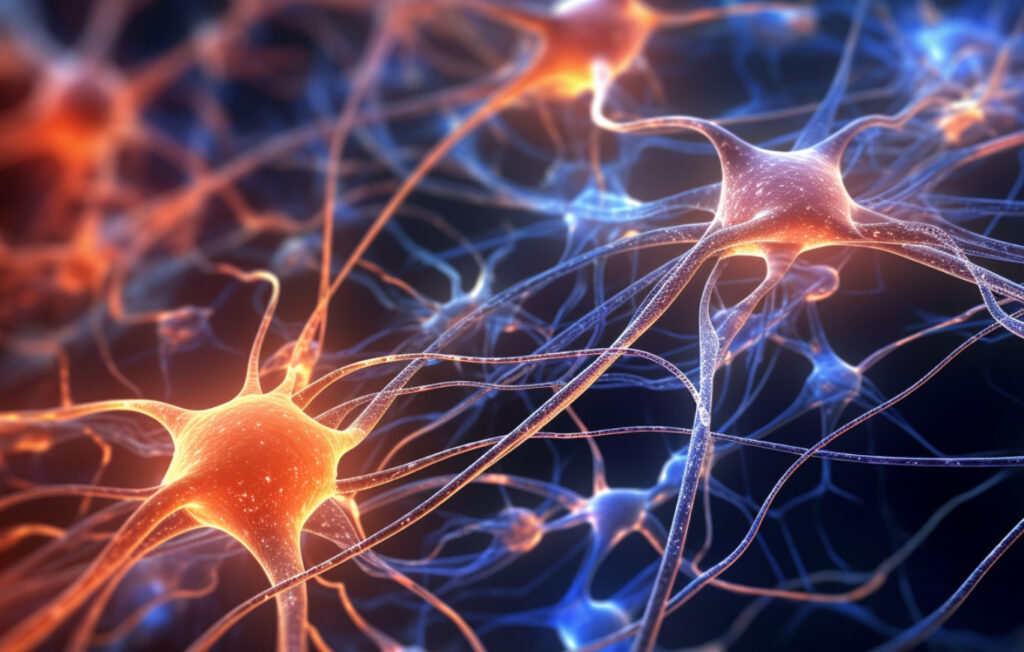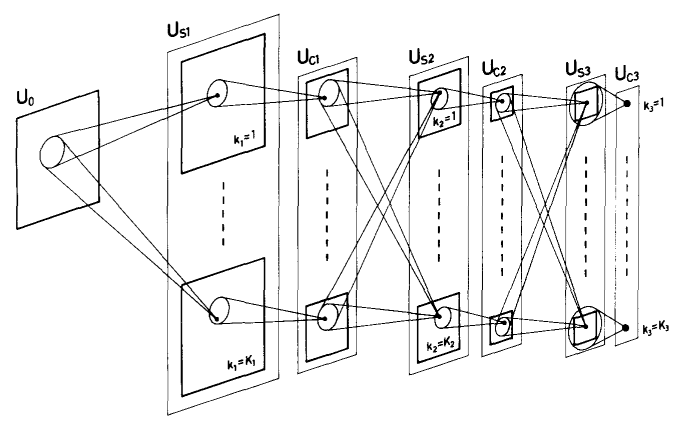
Simone Raponi : 18 October 2025 09:26
In the ever-expanding world of artificial intelligence (AI), there is a revolutionary technology that has changed the way machines “see” and “understand” the world around them: Convolutional Neural Networks (CNNs).
These powerful algorithms have opened new frontiers in computer science, making possible what was once considered science fiction.
But what exactly are CNNs and how do they work? Get ready to discover all this in our journey through the history, fundamental concepts, and applications of this fascinating technology.
Convolutional Neural Networks, like many of humanity’s greatest inventions, didn’t happen overnight. Their development began in the 1980s with the work of AI pioneer Kunihiko Fukushima , who developed a neural network called the “Neocognitron.” This first incarnation of CNNs was rudimentary, but it laid the foundation for future developments.

However, the real breakthrough for CNNs came in 1998, when researcher Yann LeCun introduced a neural network model called “LeNet-5.” This network was successfully used to recognize handwritten digits , demonstrating the incredible potential of CNNs to the world. Since then, thanks to the increasing availability of data and computing power, CNNs have become a key tool in the AI toolbox.

Convolutional Neural Networks belong to the family of artificial neural networks , a type of machine learning model inspired by the functioning of the human brain. These networks are composed of artificial neurons or “nodes” organized into different layers .
What makes CNNs unique is the way they handle images. Instead of taking an image as a whole, CNNs break it down into smaller pieces and analyze them layer by layer . This “convolution” process allows the network to detect local features in images , such as lines, shapes, or colors. These features are then combined in subsequent layers to recognize more complex shapes .
Another fundamental concept in CNNs is “pooling” or “subsampling,” a process that reduces the size of the image while retaining only the most important information . This makes the network more efficient and reduces the risk of overfitting, a common problem in machine learning when the model becomes too specific to the training data and fails to generalize well to new data.
CNNs also include “fully connected” or “dense” layers, where each neuron is connected to every other neuron in the next layer . These layers are often used at the end of the network to perform the final classification, based on the features detected by the previous convolutional and pooling layers.
The true strength of Convolutional Neural Networks lies in their versatility. Thanks to their ability to detect and classify complex patterns in images, CNNs find application in numerous fields.
Image and Voice Recognition: CNNs are widely used for image and voice recognition. For example, Facebook’s facial recognition services and voice assistants like Siri and Alexa rely on CNNs.
Autonomous Driving: CNNs play a critical role in autonomous driving. They help vehicles “see” and understand their surroundings, allowing them to navigate safely.
Medical Diagnostics: In the field of medicine, CNNs are revolutionizing diagnostics. They are used to analyze medical images, such as X-rays or MRI scans, and can detect abnormalities like tumors or heart disease with an accuracy that rivals that of human doctors.
Convolutional Neural Networks are a powerful tool that has revolutionized the field of artificial intelligence. They have allowed machines to “see” and “understand” the world in ways never before possible. But our exploration of CNNs is just beginning. In the next article, we’ll delve deeper into how CNNs work, examining the technical details behind these fascinating algorithms.
To learn more about Convolutional Neural Networks, we recommend checking out Stanford University’s free course: Convolutional Neural Networks for Visual Recognition .